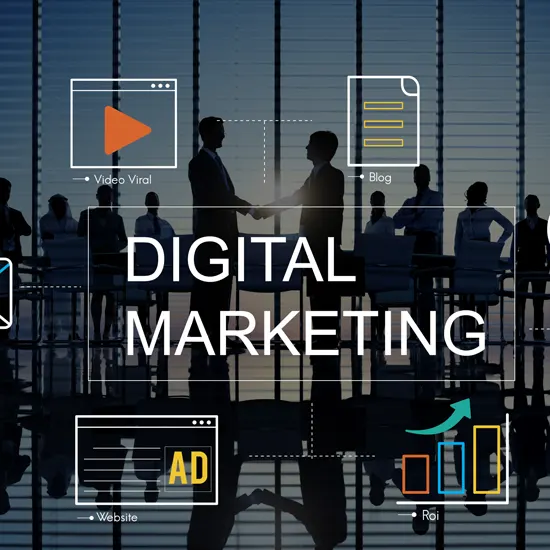The way we shop has transformed dramatically over the years, thanks to the evolution of technology. From the early days of dial-up internet to the current era of smartphones and artificial intelligence, the landscape of E-Commerce has undergone remarkable changes. In this article, we will explore how technology has revolutionized online shopping and shaped the e-commerce industry as we know it today.
Introduction
E-commerce, short for electronic commerce, refers to the buying and selling of goods and services over the Internet. It has become an integral part of modern business, offering convenience and accessibility to consumers worldwide. As technology continues to advance, e-commerce has experienced significant growth, fundamentally altering the way we shop and conduct business.
Early Days of E-commerce
The concept of e-commerce emerged with the rise of the Internet in the late 20th century. In the early 1990s, businesses began experimenting with online transactions, paving the way for the first e-commerce platforms. One of the landmark events in commerce history was the sale of a Sting CD to a friend over the Internet in 1994, marking the beginning of online retail.
Growth of Online Shopping
Over the years, the growth of online shopping has been fueled by advancements in technology and increased internet penetration. With the development of secure payment gateways and user-friendly interfaces, consumers have gained confidence in making purchases online. The convenience of shopping from anywhere at any time has contributed to the exponential rise of commerce.
Impact of Technology on E-commerce
Technology continues to play a crucial role in shaping the e-commerce landscape. Mobile commerce, or m-commerce, has become increasingly prevalent with the widespread adoption of smartphones. Consumers now can shop on the go, leading to a surge in mobile transactions. Furthermore, artificial intelligence and machine learning have revolutionized e-commerce through personalized recommendations and targeted advertising.
Changing Consumer Behavior
The advent of technology has also influenced consumer behavior, driving a shift towards convenience and accessibility. Today’s consumers expect seamless shopping experiences across multiple devices and platforms. With the rise of mobile shopping apps and one-click checkout options, e-commerce has become more streamlined than ever before.
Future Trends in E-commerce
Looking ahead, the future of e-commerce holds exciting possibilities. Augmented reality shopping, which allows consumers to visualize products in real-world environments, is poised to revolutionize the online shopping experience. Additionally, voice commerce, powered by virtual assistants like Amazon Alexa and Google Assistant, presents new opportunities for hands-free shopping.
Challenges and Opportunities
Despite its rapid growth, e-commerce faces challenges such as cybersecurity concerns and logistical issues. However, these challenges also present opportunities for innovation and growth. As businesses adapt to meet the demands of an increasingly digital world, e-commerce continues to expand its reach and impact on global markets.
Conclusion
The evolution of e-commerce has been shaped by technology in profound ways. From its humble beginnings to the digital age, online shopping has become an integral part of everyday life for consumers worldwide. As Technology continues to advance, the future of e-commerce holds limitless possibilities for innovation and growth.
FAQs
1. What is the significance of mobile commerce in the e-commerce industry?
Mobile commerce allows consumers to shop conveniently from their smartphones, increasing accessibility and driving sales for businesses.
2. How has artificial intelligence impacted the online shopping experience?
Artificial intelligence enables personalized recommendations and targeted advertising, enhancing the overall shopping experience for consumers.
3. What are some emerging trends in commerce for the future?
Augmented reality shopping and voice commerce are among the emerging trends poised to shape the future of commerce.
4. What challenges does the commerce industry face in terms of cybersecurity?
Cybersecurity concerns include data breaches and online fraud, which pose risks to both businesses and consumers in the commerce ecosystem.
5. How can businesses capitalize on the opportunities presented by commerce?
By embracing innovation and leveraging technology, businesses can expand their reach and tap into new markets through commerce platforms.
Read Also: Packaging Inserts



